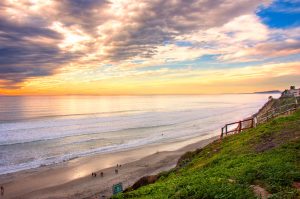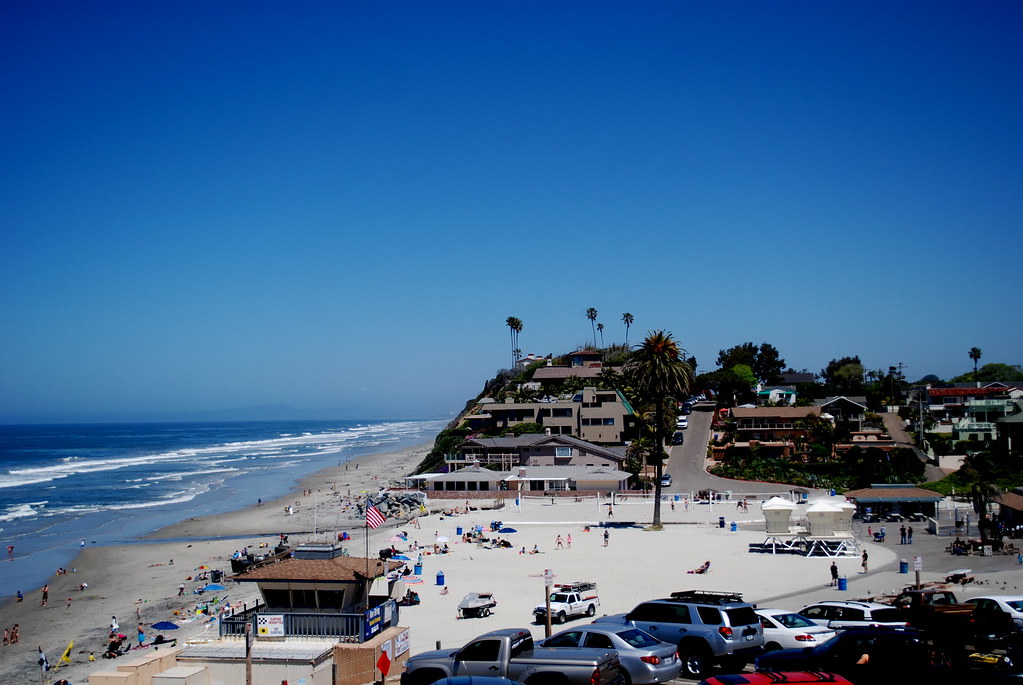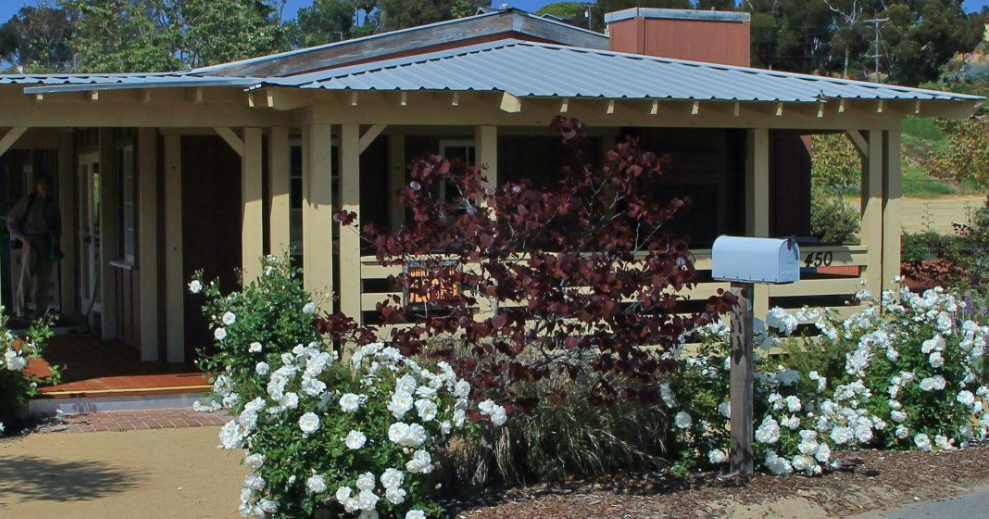Nestled along the sun-kissed coastline of Southern California, Encinitas stands as a testament to the region’s rich history and vibrant evolution. From its indigenous roots to the establishment of Spanish ranchos and its transformation into a renowned surf town, Encinitas has undergone a fascinating journey through time. This enchanting city, with its blend of historical significance and modern allure, invites us to explore the layers of history that have shaped it into the charming community it is today.
The transition from the indigenous lands of the Kumeyaay people, through the era of Spanish colonization to become Rancho de Los Encinitas, and eventually into a hub of surf culture, Encinitas’ history is as diverse as its landscape. This blend of cultures and influences has given the city a unique identity, distinguishing it as a place where the past is always present, inviting residents and visitors to delve into its storied past while enjoying its beautiful coastal setting.
Long before the arrival of European settlers, the area now known as Encinitas was inhabited by the Kumeyaay people, who utilized the fertile landscape of Southern California for agriculture and fishing. The 18th century brought Spanish explorers to the region, who established missions and began the transition of the land from indigenous territories to Spanish ranchos. This period marked the beginning of a significant transformation, as the area became part of Rancho de Los Encinitas, laying the groundwork for the Encinitas we know today.
The Kumeyaay’s lasting influence, coupled with Spanish colonization, introduced a blend of cultural and architectural elements that are still visible in Encinitas. The town’s evolution from indigenous land to a Spanish rancho underscores a pivotal moment in its history, shaping its development and contributing to the rich cultural tapestry that defines the region.

The 19th century heralded a new era for Encinitas with the Mexican land grants and the establishment of Rancho Encinitas. This period saw the town beginning to take shape, with agriculture at its core. The name “Encinitas,” meaning “little oaks” in Spanish, reflects the oak trees that dotted the landscape. The establishment of the railroad in the late 19th century was instrumental in Encinitas’ growth, making it more accessible and fostering its development into a vibrant community.
Key developments such as the establishment of the Encinitas Schoolhouse in 1883 marked significant milestones, embedding education as a cornerstone of the community. These early foundations played a crucial role in shaping Encinitas’ identity as a town rich in history and committed to growth and development.
The transformation of Encinitas into a seaside community in the early 20th century and the rise of surf culture in the 1960s and 1970s underscore the town’s ever-evolving nature. The construction of Highway 101 and the growth of the historic downtown area enhanced its appeal as a destination for both residents and visitors. Encinitas’ pristine beaches became the backdrop for a surf culture that would define a significant part of its identity, attracting surfers and enthusiasts from around the world.
Today, Encinitas is a vibrant blend of its historical roots and modern-day surf town vibe. The community’s commitment to preserving its heritage while embracing the laid-back lifestyle of surf culture makes it a unique and captivating place to live and visit. From the historic landmarks that dot its landscape to the thriving surf spots that have gained legendary status, Encinitas remains a testament to the enduring spirit of its past, present, and future.





